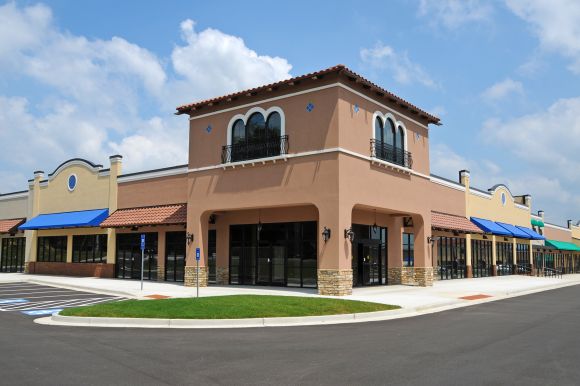No matter what your industry, defining who your customers are and how many of them there are is a critical process in planning for your next move. Without that crucial information, you end up designing products, opening stores, and marketing to people who won’t buy from you. The end user (consumer) matters, which is why private sector companies spend a lot of time and resources to understand their customer base.
Economic development functions the same way. In order to attract new investments to your community, you need to have an accurate view of your market’s potential and consumer base. Projects that are clearly a great fit for the end user are easier to fund and ultimately more successful than those that are not.
However, answering the questions, “What types of consumers are present in our market?” and, “What is the size of our consumer base?” is not as easy as it sounds. Consumers aren’t just the people who live in your community. Consumers come from many different places. Defining and quantifying them requires a multi-faceted approach.
The Four Key Segments of a Community’s Consumer Base
There are four primary groups that compose a community’s consumer base. The exact percentage of each group varies by city.
Consumer Base Group #1: Residents
Your community’s residents are the first element of your consumer base. This group is the most likely to be represented in conversations about your community’s economic development initiatives. You likely have an accurate count of the number of residents in your community but defining who they are as consumers – their consumer profile – is more challenging. Demographic information is a great start but layering in psychographic (lifestyle) information gives a more accurate picture.
Consumer Base Group #2: Trade Area Residents
When it comes to shopping, dining out, or entertainment, consumers aren’t restricted by city lines. Your community’s true market area is your drive-time trade area – which is defined by the average distance consumers travel to visit your community. These may be people from a neighboring town coming to your community to shop at a grocery store, dine at one of your local restaurants, or even to visit one of your local parks. It is crucial to know how many people are in your drive-time trade area and what their consumer profile is too.
Consumer Base Group #3: Workforce Populations
Any discussion of your community’s consumer base should also include the people who come to your community to work. Workforce populations can be an important driver of local economies, as many workers dine out or run errands during lunch breaks or commutes. Understanding how many people are coming to your community to work on a regular basis and the types of goods and services they enjoy can be extremely helpful in economic development planning.
Consumer Base Group #4: Visitors
Finally, you don’t have to be a major tourist destination to count visitors as part of your consumer base. Many communities draw day trippers from the surrounding region to local events or destinations, like a unique shopping district, sports venue, or outdoor activity area. Other communities have a military base or university that brings in large volumes of consumers not counted in residential statistics. Still others are true tourist destinations that attract many overnight visitors. Regardless of the reason for the visit or length of the visit, visitors are an important part of a community’s consumer base that should be quantified and profiled to help inform economic development decisions.
Applying the Insights
Once you have an accurate view of your market’s consumer base, you can apply those insights in many ways.
- Use the information to identify retailers and restaurants that are a good fit for your market and prove to them that your community can support a new location
- Share the insights with city planners and other government staff to guide long-term strategic planning
- Help to justify investments in economic development or infrastructure projects with grant funding boards or taxpayers
- Inform other economic development initiatives, from entertainment venues, to hotels, and more.
Successful projects are designed with the end user in mind. By taking a comprehensive look at your community’s consumer base, you can create more effective economic development projects.
Need help defining your community’s consumer base? Contact us to learn how we can help.


